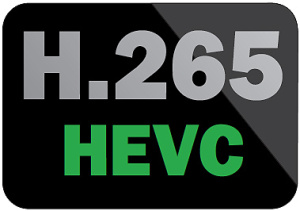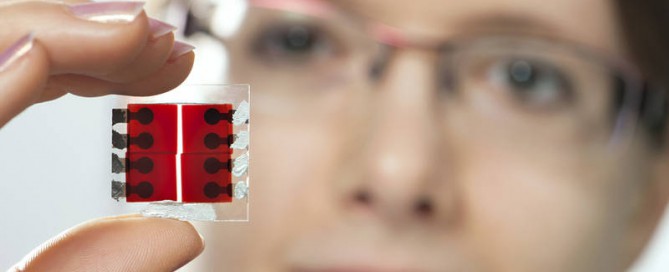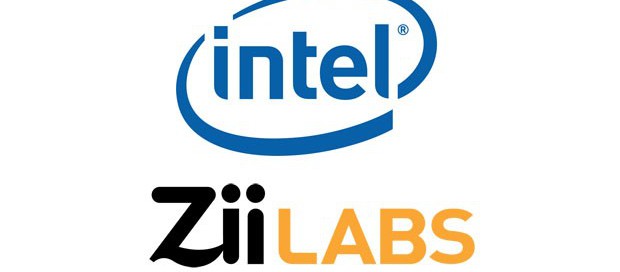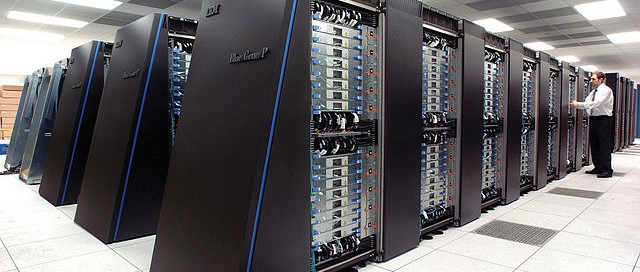Today during lunch, I gave a talk at Appsterdam where I spoke about what’s inside your phone. We start with an overview of the semiconductor industry, and take a deeper look at what makes your phone do all the things it can do: the chips inside. I made the slides available through slideshare, and Erik Romijn did a quick writeup which you can find on his website.
They’ve done it again: video files again lost half their weight.
Some of you probably remember video discs (which used MPEG-1/H.261 for video compression), then there were DVDs (MPEG-2/H.262), then Blu-rays (MPEG-4 AVC/H.264). Between DVD and Blu-ray there was another video coding standard, the original MPEG-4, which didn’t make it onto optical discs, but was used quite a bit also. Each time, a bag of new algorithmic tricks meant that the video could be compressed twice as much.
Loosing weight is hard. In video compression, it’s quite the same. Just when you thought video can’t be compressed any further, there’s a new standard that’s done it again: HEVC compresses video at twice the rate of the preceeding standard. This means double the hours of video that can be stored on your disc, drive, stick or card. Double the number of channels broadcast over the air. Or half the download time. Or half the data usage on your phone plan. We’re clearly in anorexic territory here, and for once, I like it.
Super cameras out of a spray can
Researchers from the Technische Universität München have developed a new generation of image sensors that are 3x more sensitive to light than the conventional CMOS versions, with the added bonus of being simple and cheap to produce. These sensors can be manufactured without the expensive post-processing step typically required for CMOS sensors, which involves for example applying micro-lenses to increase the amount of captured light. Instead, every part of every single pixel, including the electronics, is sprayed with a liquid polymer solution, giving a surface that is 100 percent light-sensitive. Changing the chemical compound turns the sensor into an infrared sensor for night vision.
In short, better and cheaper cameras that also work at night. Me want.
Growth in MEMS microphones, bringing HD voice to phones
Akustica/Bosch announce new MEMS-based microphones for mobiles and tablets that bring HD voice capabilities.
According to Jérémie Bouchaud, director and principal analyst for MEMS &
Sensors at IHS, the worldwide MEMS microphone market is expected to grow
to more than 4 billion units by 2016, as compared to the 700 million shipped
in 2010. The reason, he said, is that the number of microphones used in each
smartphone has already gone from one to two and in some cases even three —
a number that may continue to grow while mobile device manufacturers use
sound input quality as a differentiating feature.
Intel acquires ZiiLabs from Creative Technology for $50M
From bit-tech:
Creative Technology, best known for its audio-related products, has announced the sale of a chunk of its ZiiLabs subsidiary to Intel – bringing the latter company’s decision to abandon its partnership with Imagination Technology and its PowerVR GPUs into sharp focus. The deal is split across the two product areas: the UK engineering resources of ZiiLabs are being purchased for $30 million, while Creative’s GPU technology is being licensed – not purchased – for $20 million.
Ten luminary quotes on parallel programming
Over the past few months I´ve read lots of great articles on multicore software development. In this blog I share a list of my top 10 favorite quotes.






